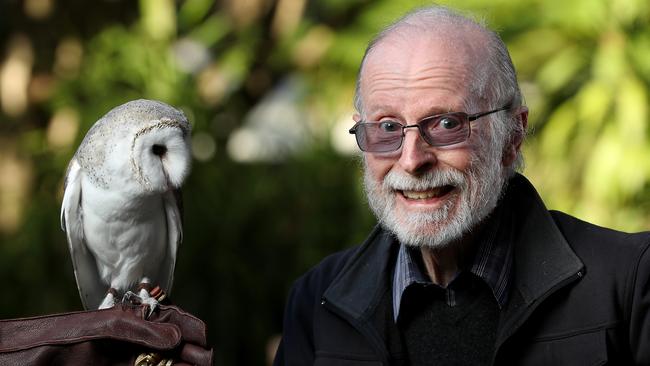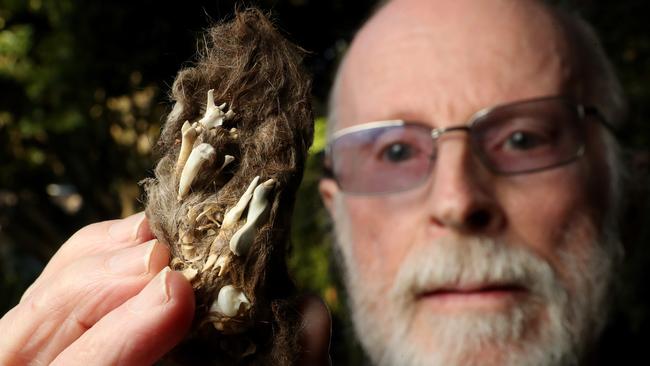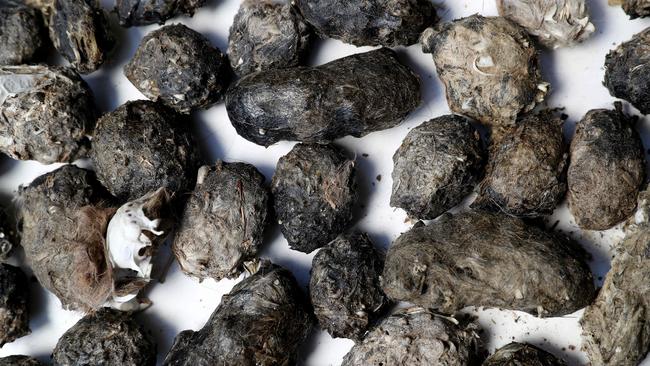Owls leave a calling card clue to the local fauna on their diet
SCIENTIFIC sleuth Graham Medlin works in a twilight world somewhere between the Harry Potter series and Ace Ventura: Pet Detective.
SA News
Don't miss out on the headlines from SA News. Followed categories will be added to My News.
SCIENTIFIC sleuth Graham Medlin works in a twilight world somewhere between the Harry Potter series and Ace Ventura: Pet Detective.
Mr Medlin enlists owls to help him figure out what small creatures are in a particular region without the need to trap the animals, laboriously try to find tracks or set up photo traps.
He simply sifts through the owls’ pellets to see what they ate for dinner.
Indigestible remnants of reptiles, rodents, birds, frogs, insects and other creatures give a clear pointer to what creatures are in a region and even whether it has been a boom or bust season.
Bones, fur, feathers, scales and insect exoskeletons are pointers to a region’s population, and many small animals are eaten whole so the entire skeleton is often regurgitated in a single pellet.
Larger prey such as rats are decapitated — whole skulls complete with teeth are found in pellets.
Mr Medlin leads a South Australian Museum team of experts and volunteers tracking the biodiversity of Outback wildlife species by studying the owl pellets collected from roosts.


He was a science teacher on a field trip to the Flinders Ranges with students from Mawson High School in 1976 when some students found some bones in a cave at Chambers Gorge.
He took the bones to the Museum whose experts told him they were from rare and extinct species.
He was hooked, returning to the Flinders Ranges in his own time to fossick for owl pellets and unlock the stories on the menu.
He was appointed as an Subfossils Honorary Research Associate at the Museum in 1991 and, since retiring in 1995, works two days a week analysing owl pellets from field surveys with the help of volunteers.
The work includes documenting the pre-European distribution of small mammals including extinct species from remains found in old owl roosts.
“The pellets are up to 6cm and if it is a good season you get big pellets, with all sorts of remnant material such as native rat fur,” he said.
“I used to be a biology teacher and find it quite fascinating.”

One of his favourite projects was working with a Santos employee who found an owl roost near the Moomba gas fields and agreed to collect the pellets over 12 months during 2013.
It started at the tail-end of a drought and the pellets showed a diet largely of reptiles such as geckos.
But when the rains came the menu broadened as small mammals, birds and frogs bred and fed — and were eaten.



